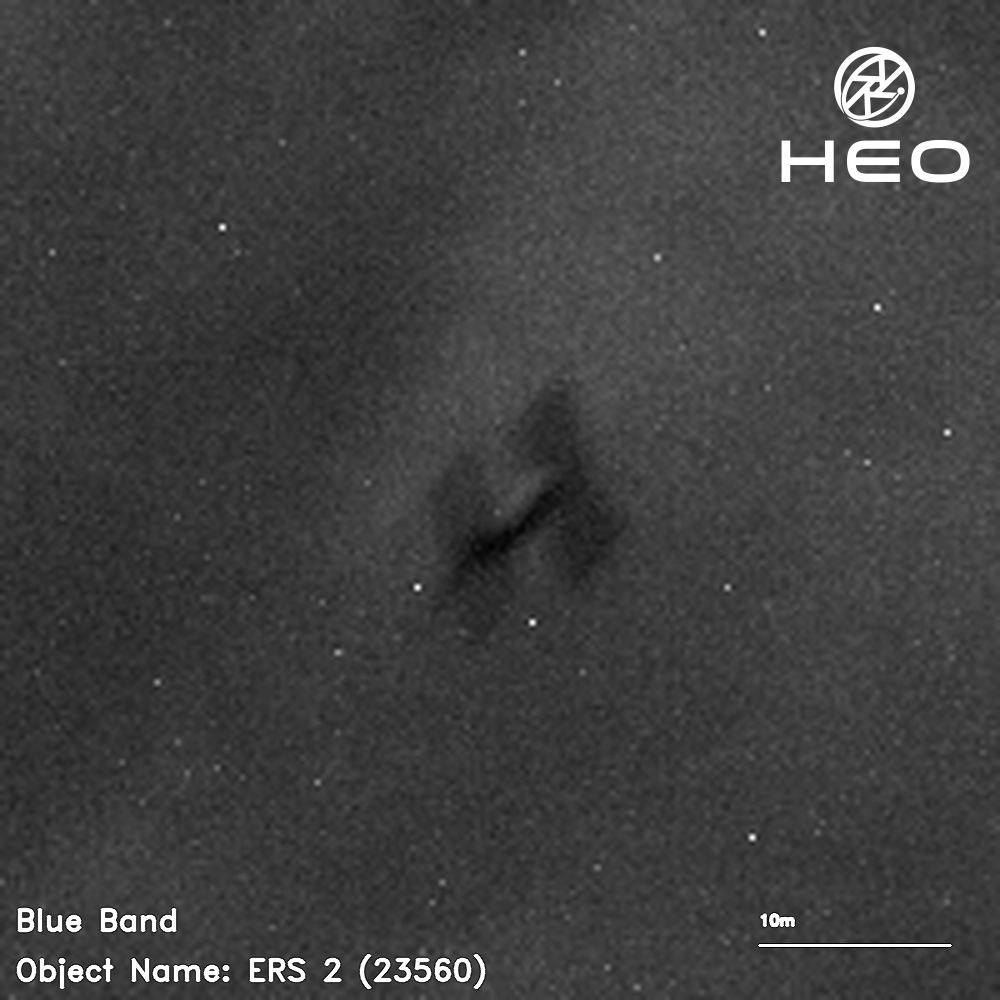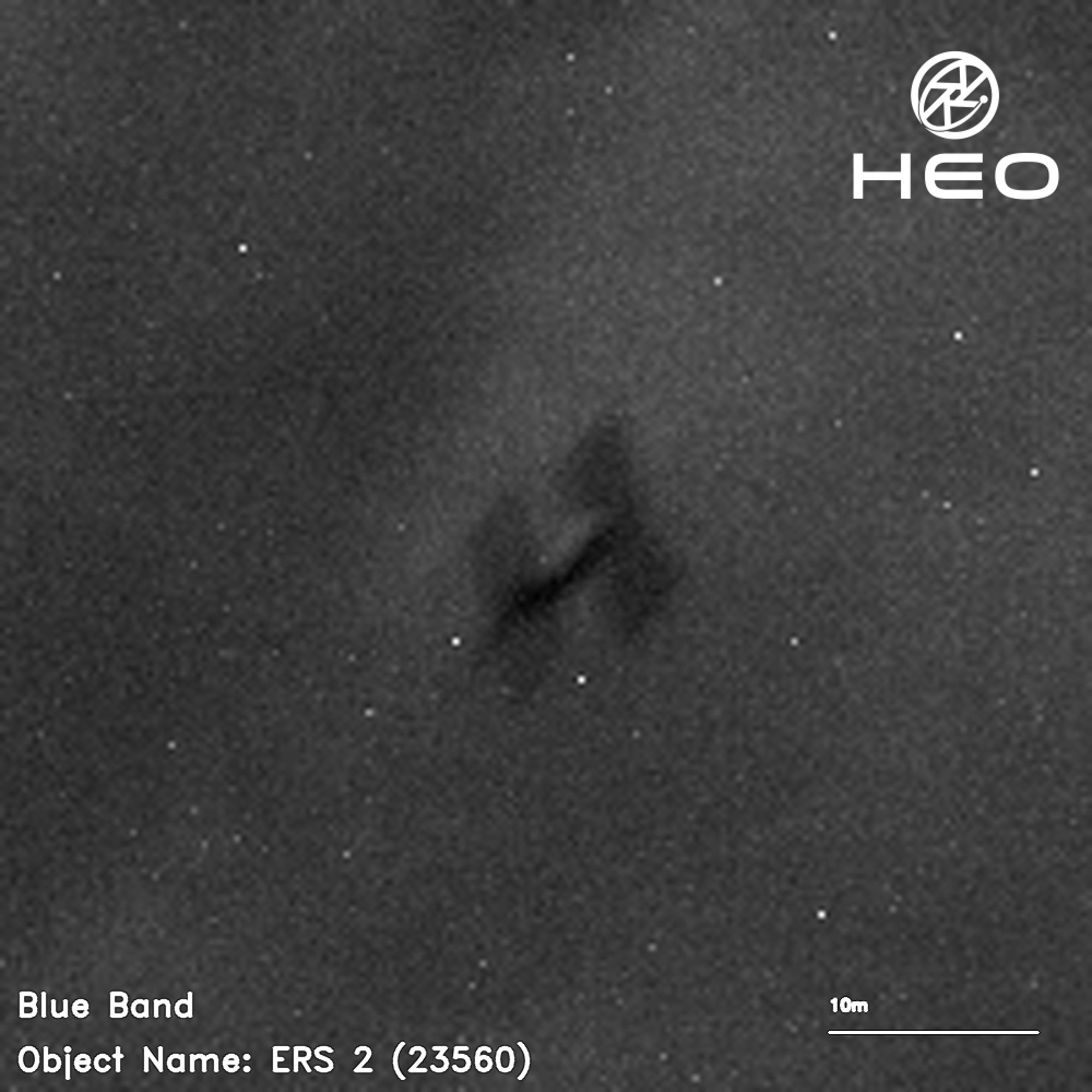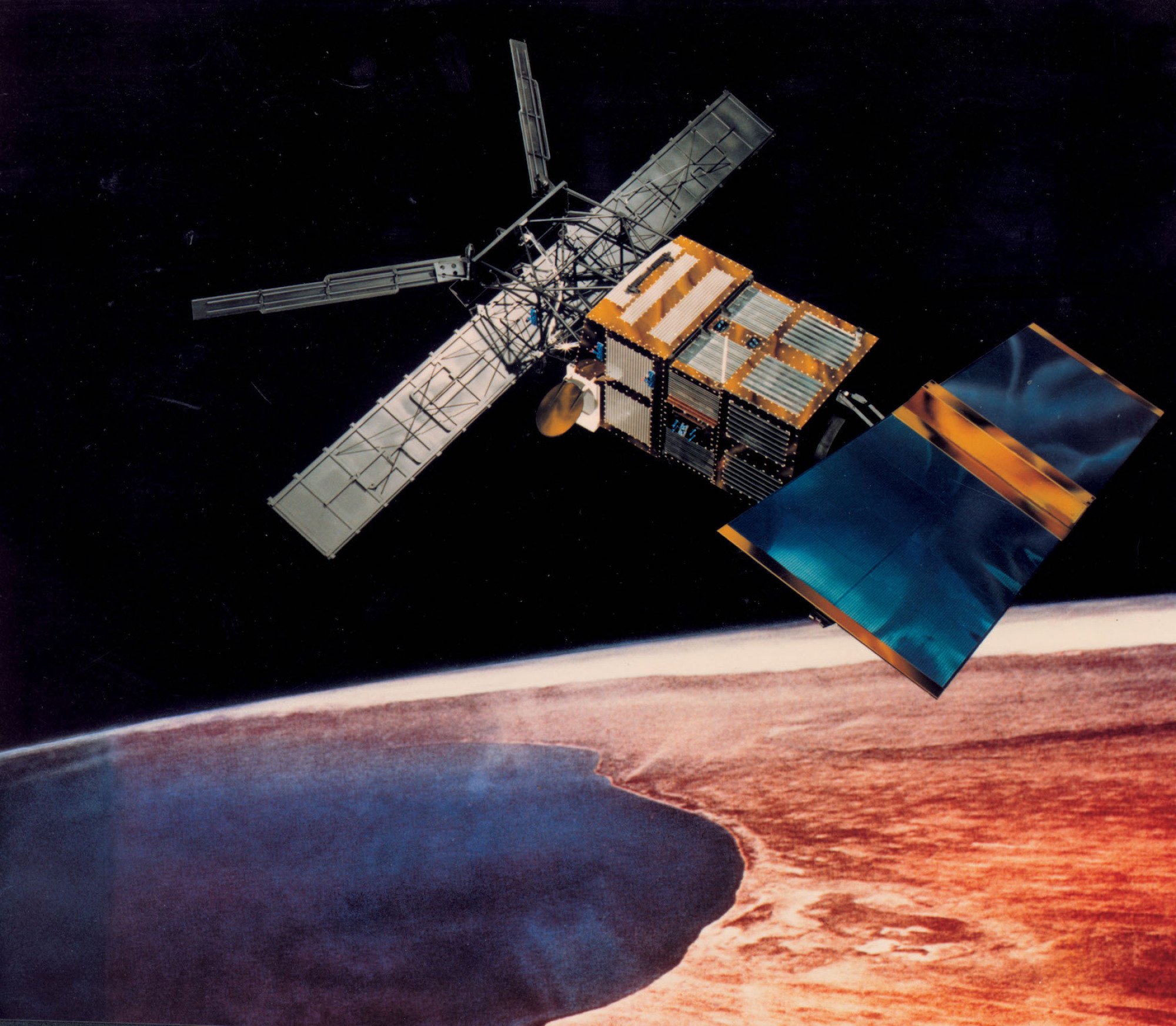Spacecraft looks like a TIE fighter. It’s about to crash into Earth.

After nearly three decades in space, a satellite the length of a bus will imminently crash into Earth.
The European Space Agency’s Earth-observing ERS-2 spacecraft, retired in 2011, is naturally losing altitude as it plummets into our planet’s atmosphere, where the defunct 39-foot-tall (11.8-meter) satellite will eventually break apart. Other satellites recently captured views of ERS-2 — with its big solar panels and instruments creating the look of a menacing Star Wars Imperial TIE fighter — which will thankfully burn up as it generates intense friction with the atmosphere.
“Most of these pieces will burn up completely,” the space agency explained online. “The risks associated with satellite reentries are very low.”
As of Feb. 20, ESA expected the large spacecraft’s reentry and subsequent burn up to happen at 20:53 UTC (or 3:53 p.m. EST) on Feb. 21, 2024, with an uncertainty of plus or minus 7.48 hours. The agency will provide updates on its website. (An exact forecast is difficult because a satellite’s reentry is dependent on the density of the atmosphere, which fluctuates based on the sun‘s activity.)
The space technology company HEO Robotics, which uses sensors and cameras aboard satellites to monitor the status and health of spacecraft orbiting Earth, captured the imagery below for the UK Space Agency (which is a member of the European Space Agency).

Why satellites crash into Earth
It’s both normal and necessary for defunct satellites to plummet to Earth.
In the case of ERS-2, ESA spent the last of the large spacecraft’s fuel moving it to a lower altitude (356 miles, or 573 kilometers) in 2011, where it would avoid crashing into other satellites. Agency scientists expected it would eventually reenter within 15 years, and now, it’s about to.
“Deorbiting satellites at the end of their life and ensuring they reenter Earth’s atmosphere is a fundamental tool in keeping our busy space highways clear from defunct, lingering satellites, preventing collisions in orbit, and mitigating the creation of further space debris,” the agency explained.

Space debris, or “space junk,” is indeed a growing problem. Already, spacecraft today have to maneuver to avoid collisions with other debris. In November 2021, threatening debris from a Chinese weapon test in 2007 forced NASA to move the space station. The station again moved to avoid space junk in 2022. The U.S., Russia, and China have all destroyed satellites in space, resulting in clouds of space junk with up to thousands of traceable fragments.
Once a spacecraft falls below altitudes of some 1,200 miles above Earth, it gradually falls into the atmosphere and burns up, a process called atmospheric drag. Ideally, derelict satellites and spacecraft are managed so atmospheric drag naturally removes this debris, some of it quite large, from our planet’s increasingly crowded orbit.
Fortunately, any debris that doesn’t burn off will likely fall into the ocean (the oceans cover over 70 percent of Earth’s surface). And the risk of injury is profoundly low. “The annual risk of an individual human being injured by space debris is under 1 in 100 billion,” ESA explained. That’s “[around] 65,000 times lower than the risk of being struck by lightning,” the agency said.
